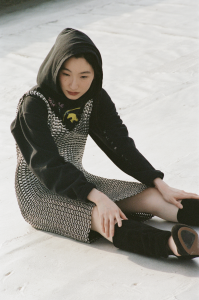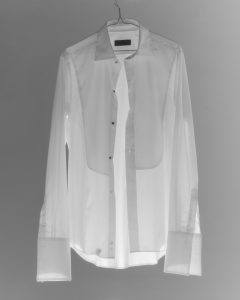An expansive exhibition at MoMu, Fashion Museum Antwerp, explores the artist’s radical work in fashion photography

“The tricks of today are the truths of tomorrow.”
― Man Ray
Emmanuel Radnitzky grew up alongside spools of thread, mannequins, and tumbling reams of fabric. The eldest child of Jewish immigrants – from Minsk and Kiev respectively – his father ran a tailoring side hustle from the family home, while his seamstress mother could often be found making patchwork items from scraps. Part artist creation myth, part wish to side-step the rampant antisemitism of the early 20th century, it was in 1911 that he created a wall tapestry from salvage cloth and signed it with his new name – Man Ray. Although he would give very little detail about his early upbringing in Brooklyn, fashion and its tools would resurface like flotsam throughout his life, in many cases keeping him afloat.
Ray’s fashion photography – its porous relationship to his artwork and its enduring legacy – is currently being explored at MoMu, Fashion Museum Antwerp. Original, technically innovative work for couturiers such as Paul Poiret and Elsa Schiaparelli, as well as Harper’s Bazaar, Vanity Fair and Vogue, are eloquently weaved together with striking silhouettes from both the interwar period and contemporary designers, including Chanel, Loewe, Maison Lanvin, Yves Saint Laurent, Martin Margiela, Celine and Dries Van Noten, among many others.
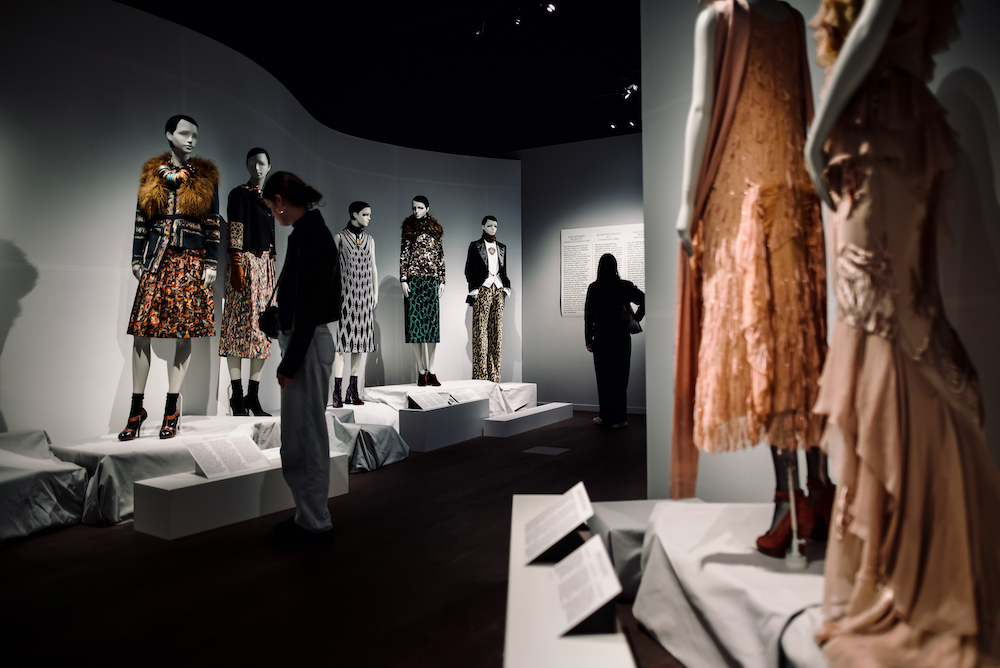
Co-organised together with the Réunion des Musées Nationaux – Grand Palais, in partnership with the City of Marseille Museums, a pared back version of the exhibition was initially presented at the Musée Cantini and Chateau Borély, Marseille, from 2019 – 2020, then at Musée du Luxembourg, Paris, from 2020 – 2021. No longer under the yoke of covid restrictions and newly expanded, the latest iteration is elevated by MoMu’s extensive archive and access to modern garments, stressing Ray’s links with Belgium itself.
Transitioning from traditional painting to collage, found object and sculpture after coming into contact with European artists like Marcel Duchamp and French literature (the latter of which was down to his then wife, Belgian poet Adon Lacroix), two artworks from 1920 greet visitors on entry: Obstruction, a tangle of hung coat hangers throwing dramatic shadows over an empty suitcase, and The Enigma of Isidore Ducasse, a sewing machine hidden in a blanket and trussed with string like a lump of meat.
A year later Ray moved to Paris, armed with only a hundred dollars to his name, to fully immerse himself in the burgeoning Dada movement. Initially turning his hand to photography to catalogue his own creations, he began shooting other artists and their work, in addition to portraits of aristocratic women and couturiers to remain financially solvent.
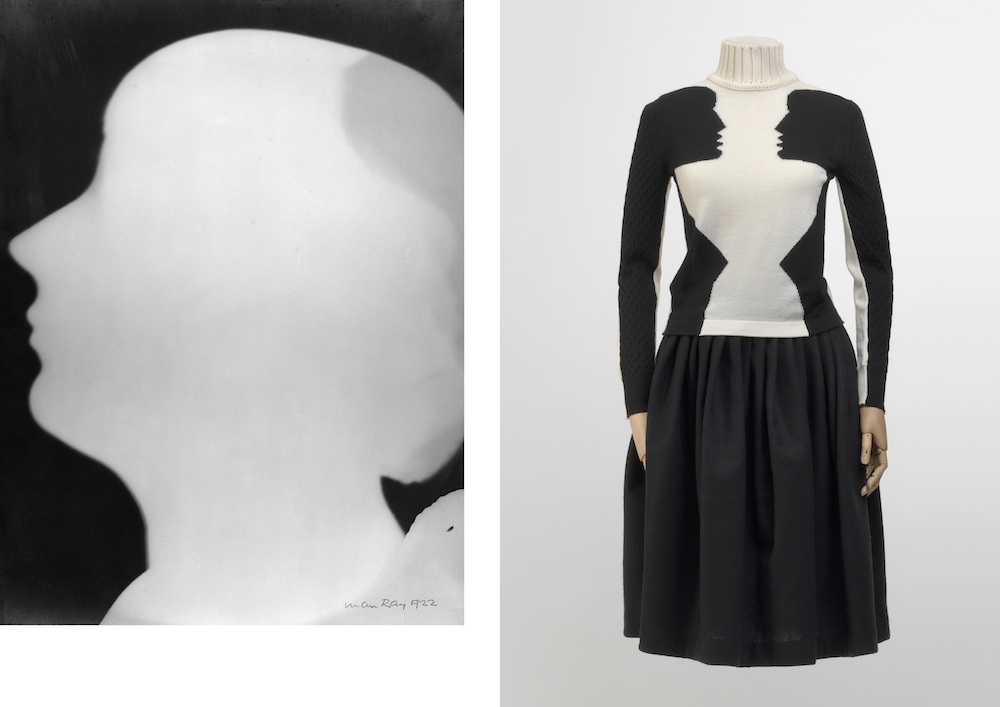
An apt example of the Venn diagram of art and fashion at the time comes early on with a showcase of garments from the Norine couture house, a Brussels-based designer who Ray snapped for the fashion magazine Psyché. A proponent of the Modernist movement, Honorine Maria “Norine” Deschrijver incorporated everything from Cubsim to Surrealist motifs into her luxurious creations, a standout from the show being a silk blouse printed with nonsensical words and images inspired by work from close collaborator René Magritte, the renown Belgian painter.
Ray was able to take risks in his commissions because fashion magazines were responding to new, looser rules in dressing. The 1920s and 1930s – particularly from the vantage point of the French capital, arguably the locus of fashion – saw a great deal of change; skirts were shorter, movement was being encouraged, ready-to-wear was exploding, as was clothing that finally celebrated the contours of the body (primarily the waist). “I really love this period,” notes curator of the show Romy Cockx. “I did my thesis on the image of the new woman, from 1890 to 1930, so this stretch of time has always been a personal favorite. I was immediately attracted to working on this exhibition, and was constantly surprised by its contemporary relevance.”
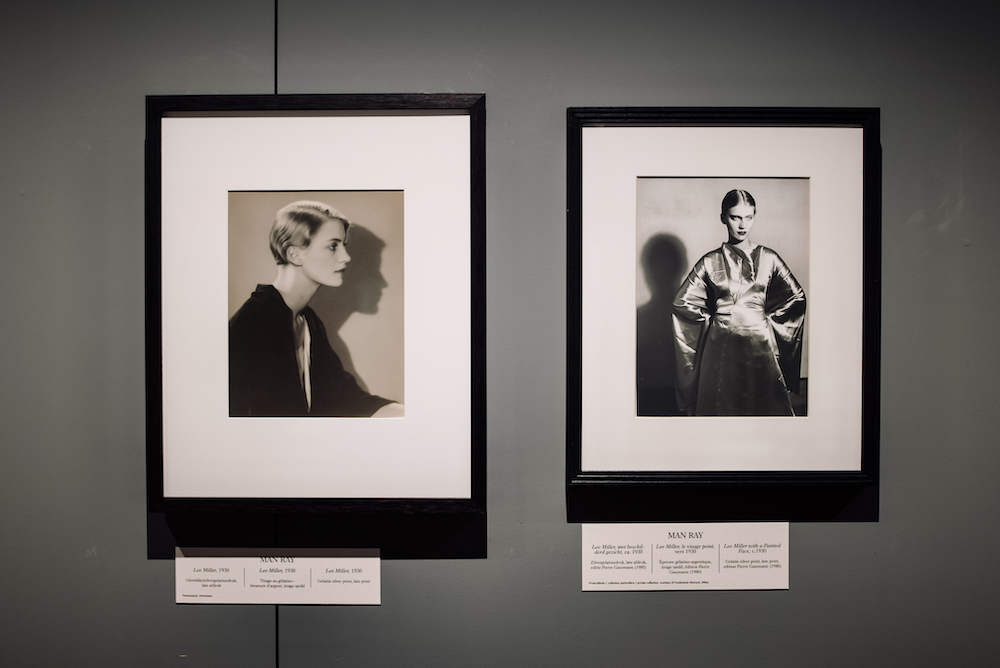
Seeking to expand on some of the important women in Ray’s life (who he often had relationships with), the exhibition gives a considered space to highlight how their designation of mere client or ‘muse’ does a disservice to their creative collaborations and the now trademark calling cards of his photography that they fostered – Luisa Casati (playing with focus through double exposure), Nancy Cunard (birds eye perspective) and Lee Miller (solarisation), to name a few.
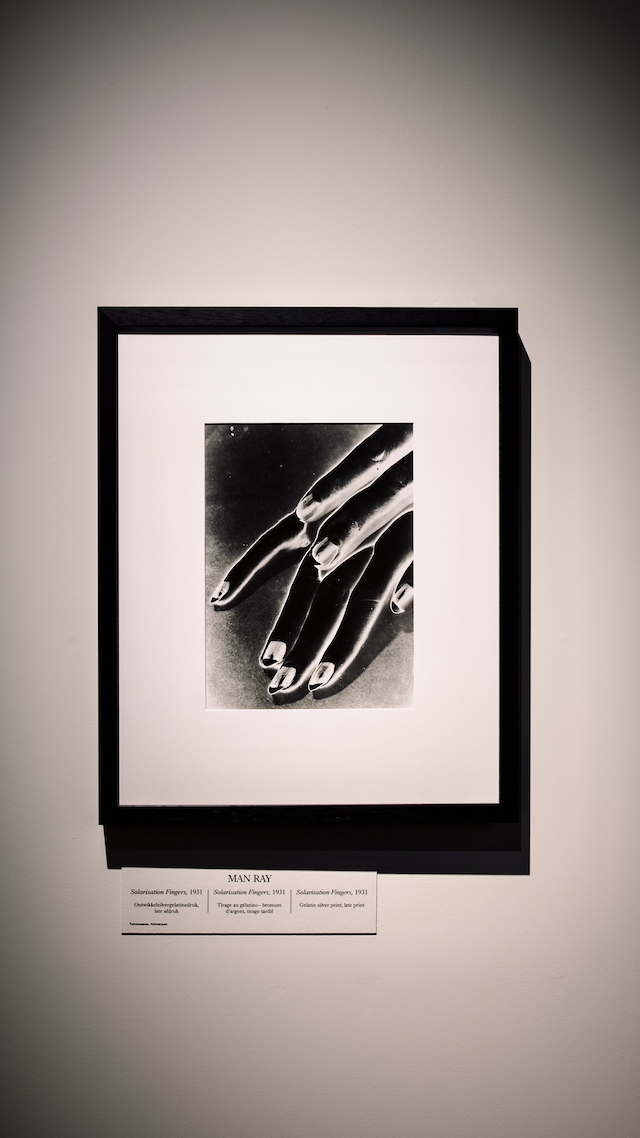
Ray’s technical idiosyncrasies however, ran secondary to the thinking and feeling behind them. “Of course,” he once wrote, “there will always be those who look only at technique, who ask ‘how’, while others of a more curious nature will ask ‘why’. Personally, I have always preferred inspiration to information.” There is an argument to be made that Dada, which Ray was a player in, laid down some of the irrational, absurd foundations for Surrealism – a movement that followed shortly after – despite their principal differences. If the former prized questioning external systems of control and authority, the later looked inwards, focusing on the subconscious, imagination and desire. A significant contributor to both, Ray’s adoption of Surrealist language and subject matter seems fated, given his preoccupation with the female form.
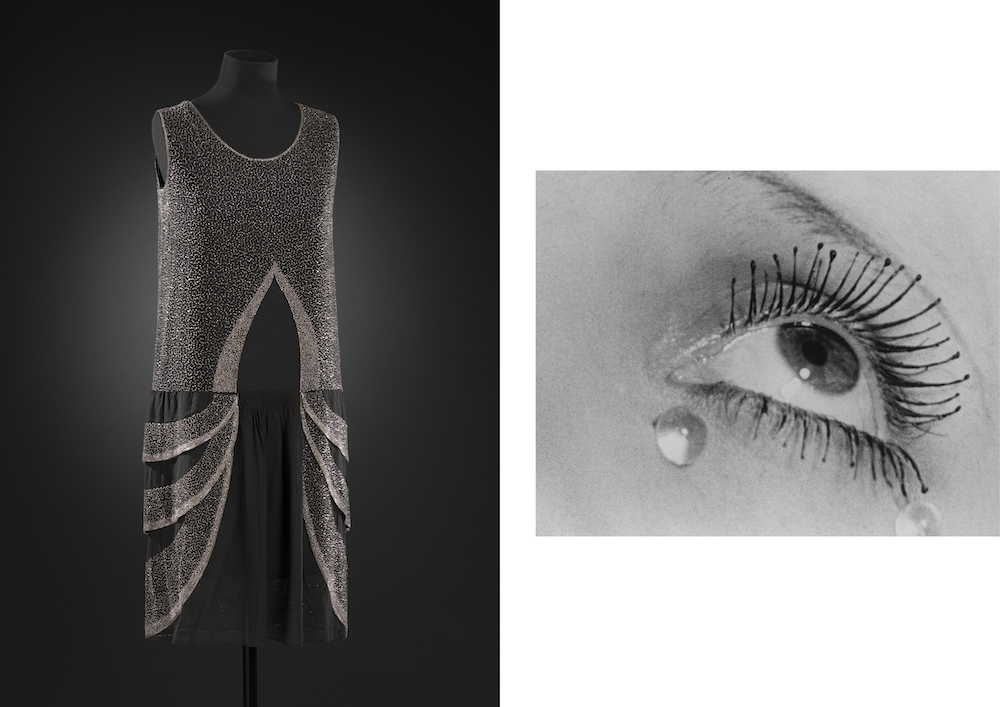
Writing about the Surrealist’s chosen vehicle for erotic experimentation and exploration, the female body, Cockx states that: “As the object of male fantasy, it was dominated, dehumanized, fragmented and distorted… Fashion associated the female body with commodities, and through the medium of fashion photography it was manipulated and fetishized. The means by which fashion was touted – in shop windows, exhibitions and advertising – made the Surrealist vision of the female body all but ubiquitous.”
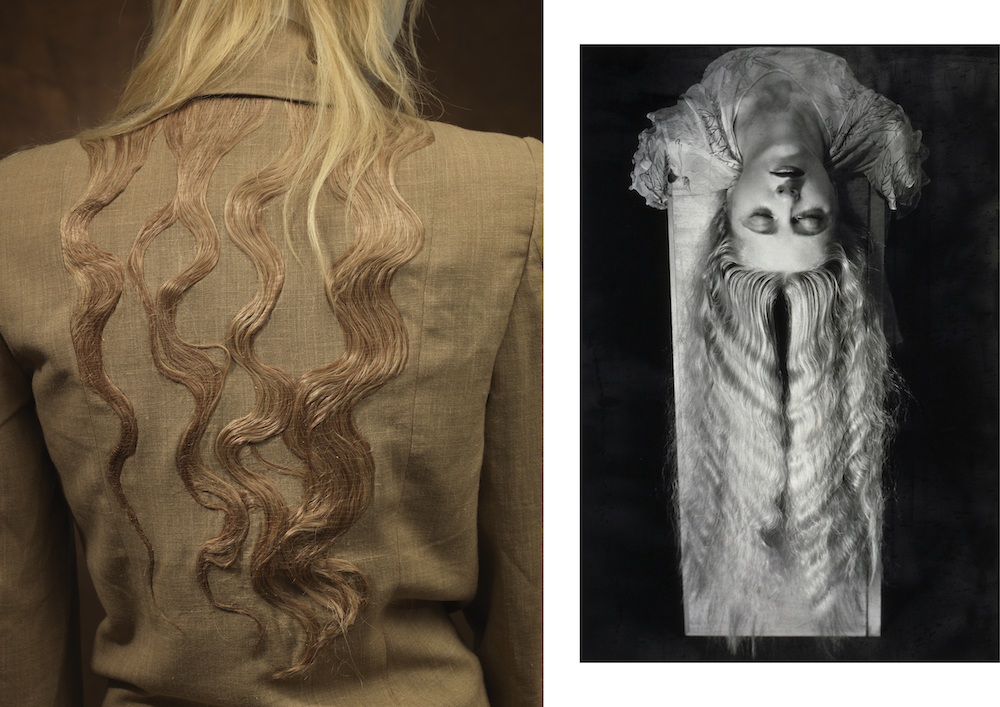
Through his use of trompe l’oeil, mannequins, and intense cropping of body parts in order to isolate and create detachment (literally and figuratively), Ray poses questions to the modern viewer about the distance this objectification creates. “There is a lot written about this from a feminist perspective,” replies Cockx, when I ask what happens when the living becomes inanimate. “I don’t feel threatened by his aesthetic, but it’ll depend on what you have been through in life. I can imagine that for some women it might feel objectifying. It’s undoubtedly a male gaze, but that’s also why I wanted to give some space to Lee Miller. She was a war correspondent and as a photographer, she also used this surreal mode of presenting women. She made the aesthetic her own, but then she also criticised it. There is a famous picture she took in a hospital of a woman’s amputated breast on a plate next to a knife and fork. She presented it at the Vogue offices, and that is very much a critique of the surrealists.”
Cockx adds that there are intriguing parallels to Ray’s collaging and careful cropping of body parts with contemporary fashion moodboards, a swirling motley of influences that thrive on close ups, juxtaposition and free association. The latter half of the show groups work on eyes, lips, hands, hair and trompe l’oeil. Through meticulous and savvy research, these sections showcase how Ray’s iconography continues to leach into modern image making and collections, highlighting how critical works like Les Larmes remain relevant nearly a century later.
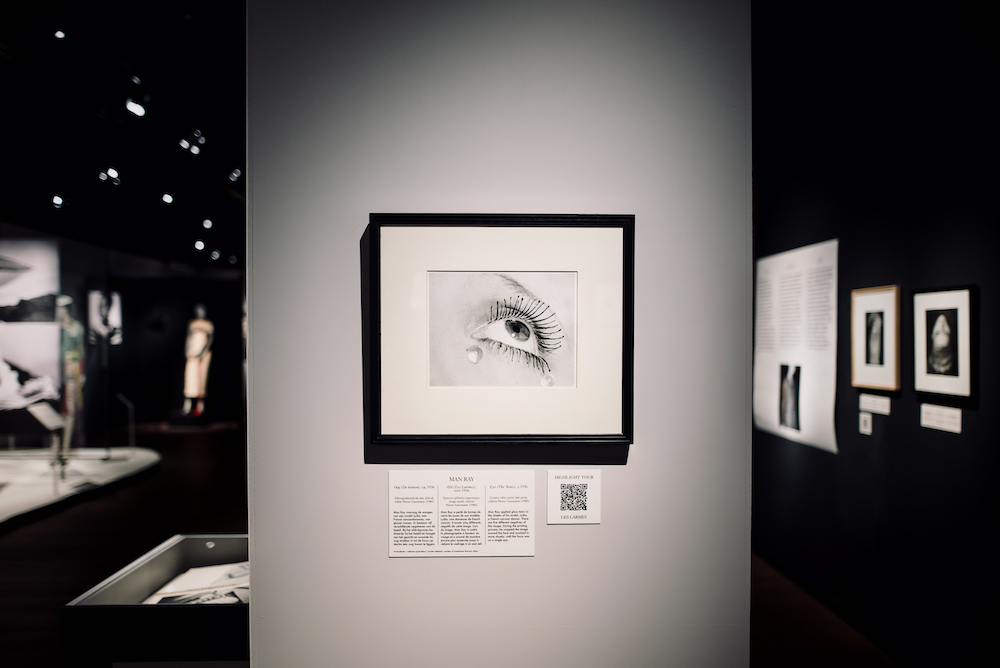
Indeed, I came away from the exhibition feeling that Ray’s fashion photography is as vital and beguiling as ever, anticipating both sides of the contemporary fashion coin – coolly and elegantly detached, whilst capable of being technically radical and absurdly playful. I finish by asking Cockx what she hopes visitors will discover and ultimately take from the show. “We wanted to show how his fashion photography will have impacted his art photography, and vice versa. I hope in one way they can dream a little within this historical narrative and all the interesting characters that come along. And in another way, I hope that they can see that fashion and art are always influencing each other. It was the case a hundred years ago and it’s still very much the case now, going strong. When it’s not forced, wonderful things happen.”
Man Ray and Fashion runs until 13th August 2023 at MoMu


